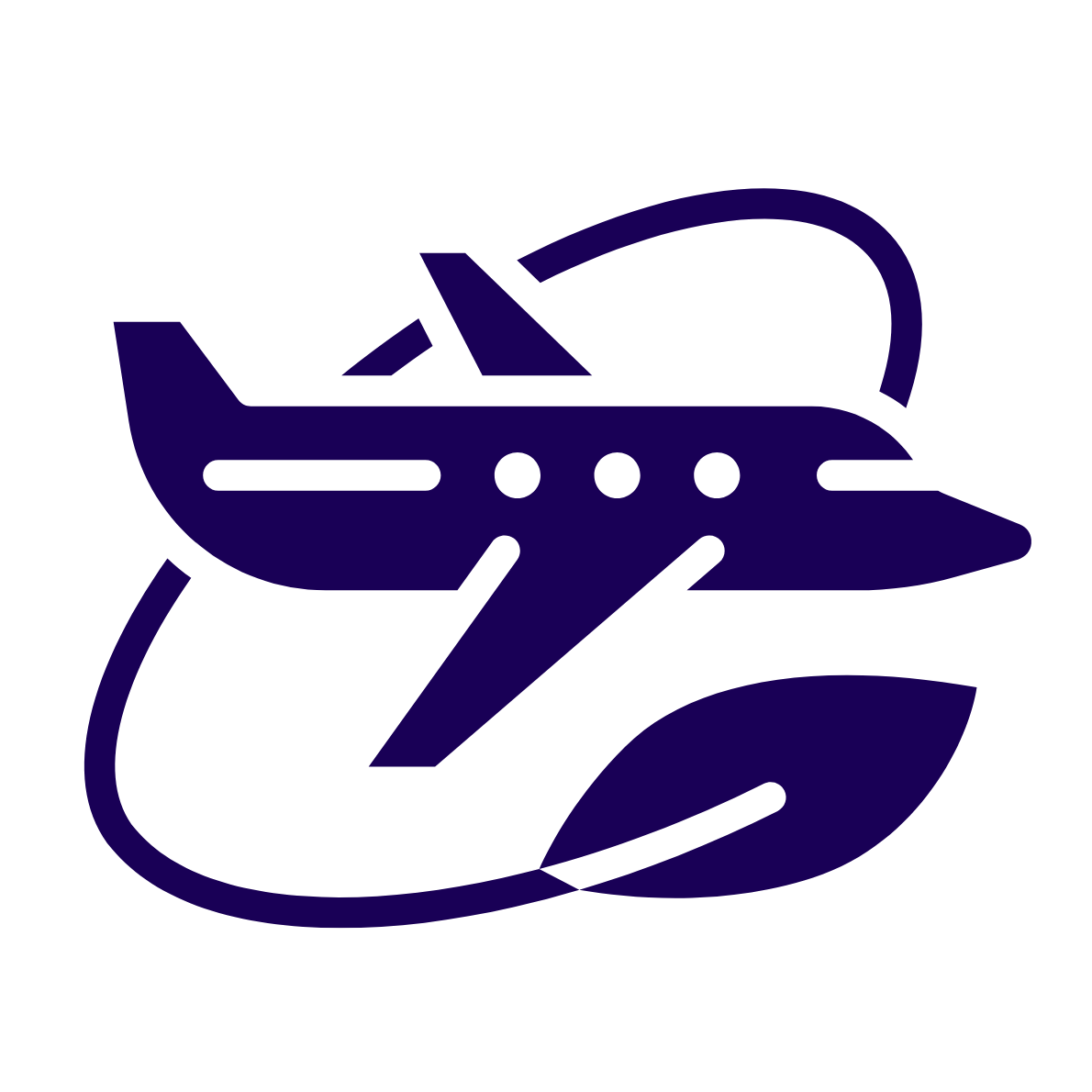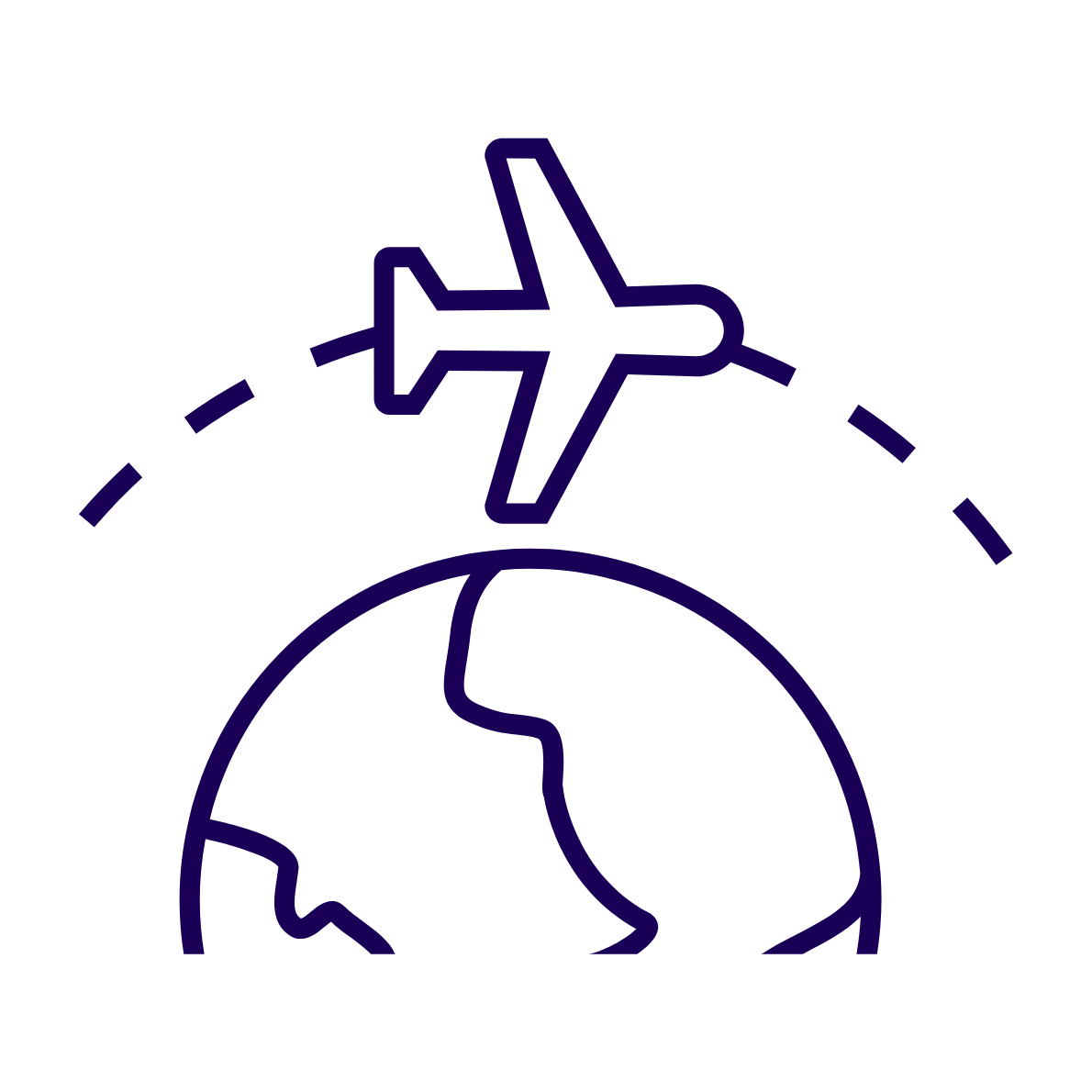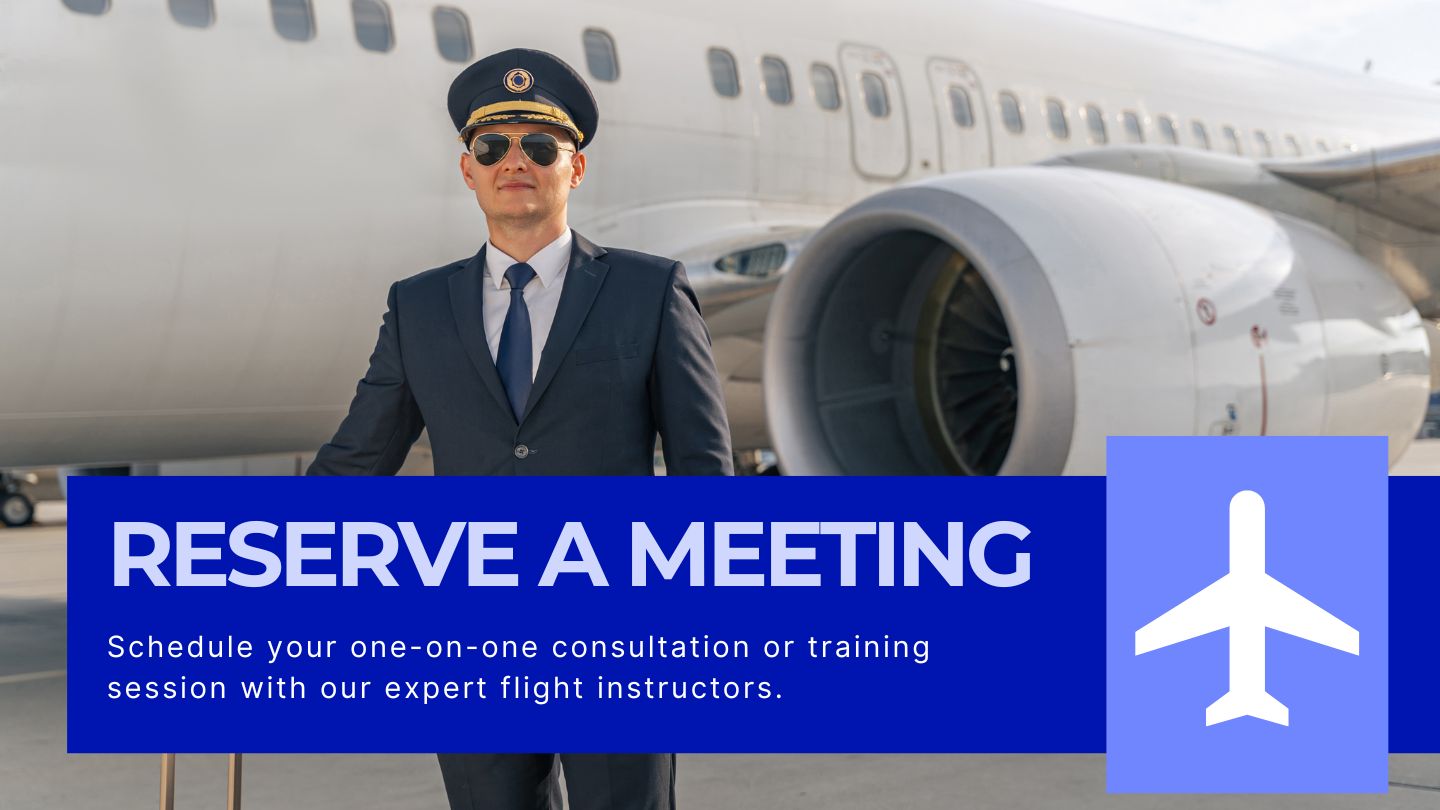.jpg)
Part 4: Drag (What Slows a Plane Down)
Instructor
What Will You Learn?
About This Course
Ever wondered what’s holding airplanes back as they zoom through the sky?
In this course, we uncover the secrets of drag—the invisible force that tries to slow every plane down. Aimed at curious learners aged 13–17, this two-part adventure dives into Parasite Drag (the unwanted hitchhiker) and Induced Drag (the sidekick of lift). Through cool analogies, real-world examples, and aerodynamic hacks, you'll discover how engineers and pilots fight drag and make flying more efficient. From wingtip vortices to slick streamlining, you’ll explore the epic battle between thrust and drag in every flight!
By the end of this course, you'll not only understand these concepts but also gain insights into how innovation continues to reshape the aviation industry.
Get ready to embrace the thrill of flight as you unravel the complexities that keep airplanes soaring through the skies.
Curriculum Overview
This course includes 3 modules, 7 lessons, and 2:00 hours of materials.
In this course, you’ll learn what drag is, why it matters in aviation, and how it comes in two major types: parasite and induced.
Before you begin the quiz, please write your full name before start the quiz. This helps us know who you are and keep track of your progress.
Flight Forces in Action – Your Aircraft Concept
You’ve explored the four key forces of flight — Lift, Weight, Thrust, and Drag — that work together to keep airplanes in the sky. Now it’s time to apply that knowledge by designing your own simple aircraft and showing how those forces interact in real flight.
📌 Assignment Tasks:
1. ✈️ Design Your Aircraft
- Draw or digitally create a side view sketch of your own aircraft (it can be realistic, futuristic, or a small sport plane).
- Label the wings, fuselage, engines, tail, and other key features.
- Mark where the four forces of flight act on the plane using arrows (up = lift, down = weight, forward = thrust, backward = drag).
2. 🧪 Force Explanation Report (300–400 words)
Write a short explanation about how your aircraft balances the four forces:
- How is lift generated in your aircraft?
- What creates thrust? (e.g. jet engine, propeller, electric fan)
- How does weight affect performance and stability?
- What creates drag in your design, and how is it minimized?
- Use diagrams or examples if you'd like!
3. 🌬️ Flight Scenario (100–150 words)
Describe a short flight situation (e.g. takeoff, cruising, landing) and explain:
- How the forces change during that phase of flight.
- How the pilot or systems adjust to maintain flight (e.g. increase thrust, change wing angle).
Course Certificate
.jpg)
Course Specifications
.jpg)
.png)
.png)






 (1).jpg)
 The JuniorSenior Aviation Course (640 x 450 px) (5) (1).jpg)
.jpg)




.jpg)
Reply to Comment